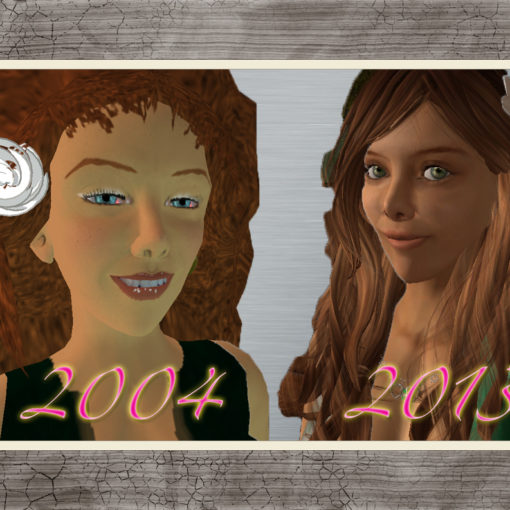THE THIRD DIGITAL REVOLUTION
Claude Shannon digitized communication. Von Neumann did likewise for computers. So, will there be a third digital revolution? The answer, according to Neil Gershenfeld, is yes:
“It’s not when a program describes a thing, it’s when a program becomes a thing that we bring the programmability of the digital world to the physical world”.
In other words, we are looking to create the ability to take a description of an object, and then have it self-assemble from molecular or atomic building blocks. We are talking about machines with the capability to self-repair, and even self-replicate. What is more, our technologies are now beginning to sense the natural phenomena responsible thought processes in living brains. Neuroscientist Lloyd Watts pointed out that:
“Scientific advances are enabled by a technology advance that allows us to see what we have not been able to see before… we collectively know enough about our own brains, and have developed such advanced computing technology, that we can now seriously undertake the construction of a verifiable, real-time, high-resolution model of significant parts of our intelligence”.
But, if it is indeed true that the brain IS the mind, and it becomes possible to build brains, do we then have machines who think creatively? Would this lead to technology conceiving of, designing, and manufacturing its own next-generation? If so, how might the human/machine relationship be affected? In pondering questions like these, Carl Zimmer came up with the following:
“The Web is encircling the Earth… We have surrounded ourselves with a global brain, which taps into our own brains, an intellectual forest dependent on a hidden fungal network”.
FROM A DISTANCE…
Whether something appears to be a single entity or a collection of individuals, often depends on your perspective. On a molecular scale, a single cell is a collection of chemicals and molecules. On the macro scale, a vast number of different cell types appears as a single animal. Maybe it is the case that, seen from the perspective of space, our planet seems less like a vast number of people and technologies, and more like a single entity slowly teasing apart the laws of nature? It is as if, in at least one tiny corner of the cosmos, the Universe is organizing itself into patterns of matter/energy that pursue the directive, Temet Nosce — ‘Know Thyself’.




